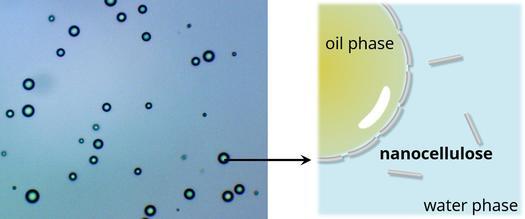- Record: found
- Abstract: found
- Article: found
Nanocellulose-stabilized Pickering emulsions and their applications

Read this article at
Abstract
Pickering emulsion, which is an emulsion stabilized by solid particles, offers a wide range of potential applications because it generally provides a more stable system than surfactant-stabilized emulsion. Among various solid stabilizers, nanocellulose may open up new opportunities for future Pickering emulsions owing to its unique nanosizes, amphiphilicity, and other favorable properties (e.g. chemical stability, biodegradability, biocompatibility, and renewability). In this review, the preparation and properties of nanocellulose-stabilized Pickering emulsions are summarized. We also provide future perspectives on their applications, such as drug delivery, food, and composite materials.
Abstract
Related collections
Most cited references93
- Record: found
- Abstract: not found
- Article: not found
Crystal Structure and Hydrogen-Bonding System in Cellulose Iβ from Synchrotron X-ray and Neutron Fiber Diffraction
- Record: found
- Abstract: found
- Article: not found
